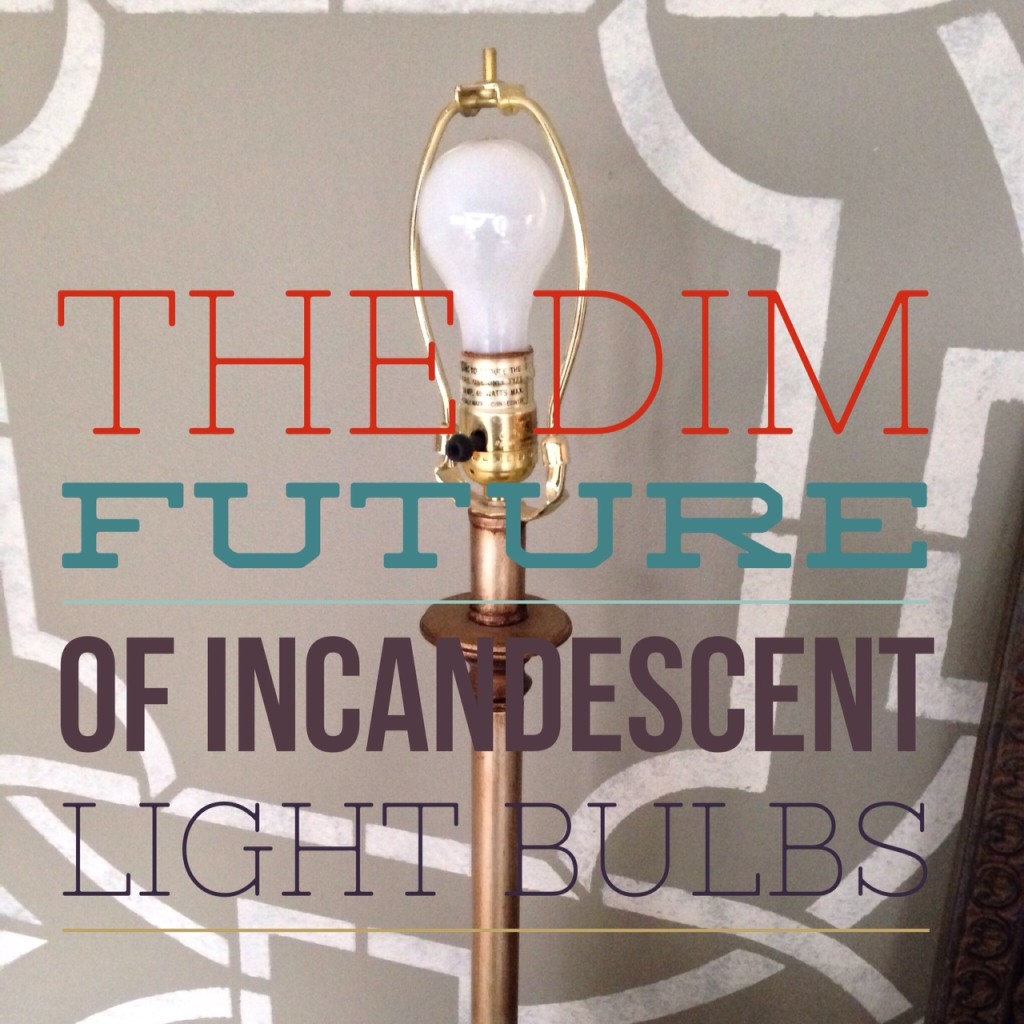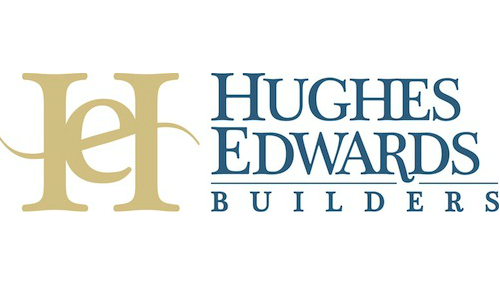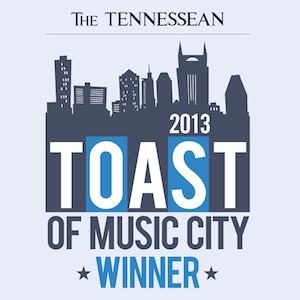The light bulbs we’ve used for more than a century are on their way out – and that leaves many people scratching their heads and wondering about the pros and cons of energy-efficient bulbs that are now mandated by law.
What Happened to Regular Light Bulbs?
 In 2007, President George W. Bush signed a federal bill that was written to pull the plug on traditional bulbs that squander energy. In 2012 and 2013, 75-watt and 100-watt bulbs started to disappear from store shelves – and as of January 1, 2014, 40-watt and 60-watt bulbs are on the chopping block.
In 2007, President George W. Bush signed a federal bill that was written to pull the plug on traditional bulbs that squander energy. In 2012 and 2013, 75-watt and 100-watt bulbs started to disappear from store shelves – and as of January 1, 2014, 40-watt and 60-watt bulbs are on the chopping block.
We’re left with three general options: energy-efficient incandescent bulbs, light-emitting diodes (LEDs) and compact fluorescent lamps (CFLs). The good news? There are more pros than cons.
Pros and Cons of New Energy-Efficient Bulbs
While saving cash on your energy bill each month is a clear benefit of making the switch, there’s more to this big light bulb change than meets the eye.
Pros:
- Energy-efficient light bulbs often last longer than traditional incandescent lights.
- The Environmental Protection Agency says that CFLs use only a quarter of the energy an incandescent bulb uses; just one bulb can stop hundreds of pounds of greenhouse gas emissions. The average LED bulb can prevent around a half-ton of those emissions from escaping into the atmosphere.
- LEDs can last as long as 100,000 hours, and improvements are constantly being made.
- You can choose brightness and color temperature for a custom lighting experience using LED bulbs.
- The Department of Energy says that 20 percent of the average electric bill is attributable to lighting, and LEDs dramatically reduce that – in most cases, lighting with LEDs pares that figure down to a mere 5 percent.
Cons:
- CFLs contain between 4 and 5 mg of mercury. Remember the old thermometers? If a CFL breaks, you have a hazardous waste on your hands that you can’t touch or dispose of in your everyday trash can.
- Many CFLs require time to warm up before they produce light at their full potential.
- LEDs are pricey; you might pay between $10 and $40 for a quality LED light.
You can still purchase incandescent bulbs in normal wattages, but that’s only until supplies run out; they aren’t being manufactured anymore. You’ll still be able to buy 43-watt incandescents, too, so if you’re not ready to make the switch, you don’t have to.
Because the fixtures and sockets are still the same, you can upgrade to energy-efficient lighting in an older home or start out with it in new construction.
At Hughes-Edwards Builders, we’re happy to discuss your renovation and new construction plans. If you have questions about how we incorporate energy-efficient technology into the homes we build, please call us at (615)824-6970 or fill out the form below. [gravityform id=”9″ name=”Contact Us”]



